Confession time: I had pretty much written off the new Sigma 150-600mm f/5-6.3 DG OS HSM SPORT lens before I reviewed it. I saw the specs (including the heavy weight and increased size over the Tamron 150-600 VC), and the MTF charts and early shots didn’t seem to be a lot better than the Tamron. I struggled to see the market for a more expensive, much heavier version of the already very popular Tamron lens. While some of those initial reservations are undoubtedly true, I must confess that the new Sigma won me over during the review period. Yes, it is definitely very heavy (more on that in a moment), and yes, it’s price is nearly double that of the Tamron, but the Sigma is undoubtedly a premium lens that, if anything, is probably a bargain at its roughly $2000 price tag. This is a pro lens with a pro build and premium optics. Yes, it is a variable aperture lens, but it is a variable aperture lens in the way that the Canon 70-300L and the new 100-400L II are variable aperture lenses. One should not mistake them for being optically inferior. For a primer, you can read my review of the Canon 100-400L II here or my review of the Tamron SP 150-600mm VC here.
In this review I will be highlighting what I perceive as the strengths and weaknesses of this lens and will also be sharing a host of images that should help tell the story.
Build Quality
I shared my initial thoughts in the unboxing video where you can also see how the lens arrives and what comes with it.
In this second video I take a very close look at the build quality of the lens in an interactive fashion.
The Sigma is a beautifully made lens. I think that Sigma’s new design philosophy is producing the best looking (and feeling) lenses of any of the modern lens makers. While they are all essentially a black on black design, Sigma has done an exceptional job mixing textures and materials to produce lenses that look very sleek and modern while also feeling tough and durable. There is great attention to detail that must be experienced to be fully realized. The materials all feel very premium under your fingers. At key points there are soft touch, rubberized sections that just feel great. Even the lens hoods feel like they’ve been given a lot of thought. The Tamron 150-600 VC is an extremely good lens, optically amazing for its value price point, but the Sigma Sport lens is in a completely different category when it comes to build quality. It is a premium/pro lens, and it gives up nothing in its build to Canon’s high end telephoto lens.
no images were found
The Sigma has the “extra mile” when it comes to its weather sealing. It has the rubber gasket around the lens mount, of course, but it also has fluorine coatings on both the front and rear elements to resist water and oil and nice sealing around the switches. They call it “dust and splash-proof construction” and especially mention resistance to ocean spray. Here’s a promotional video from Sigma about the weather proofing on the lens. Click here to view.
They’ve also gone the extra mile in providing a seriously nice (and seriously huge!) padded case (which came in handy for traveling with the lens) and a padded lens “cap” that works well but will also be a bit of a pain to bring along or remember.
The lens optical construction is fairly complex, with 24 elements in 16 groups, including two FLD (low dispersion elements) similar to fluorite and 3 SLD (special low dispersion) elements for greater contrast and clarity. The aperture iris is a nine rounded-blade design for nicely shaped bokeh highlights even when the lens is stopped down. It does accept standard threaded filters, but at a massive 105mm size. Please note that the more inexpensive Sigma “Contemporary” 150-600mm does not share this optical formula but has 20 elements in 14 groups along with fewer of the exotic (and expensive) FLD and SLD elements. I haven’t yet reviewed that lens, but I suspect it is designed to compete more directly with the Tamron.
Sigma is also promoting that this new lens is compatible with their new Global Vision line of teleconverters. AF performance (or viability) is going to come down to your camera body, but it is encouraging to know that the lens is designed with teleconverters in mind. I did not have one of these teleconverters on hand, but if you check out Bryan Carnathan’s chart testing here you will see that the results with a 1.4x teleconverter are certain viable. Adding a 2x tele doesn’t strike me as a great idea as your maximum aperture on the long end becomes f/13 and image quality is seriously degraded! Using the Kenko DGX Teleplus Pro 1.4x extender on a Canon 6D was not a productive experience. There was a lot of hunting, and a unique (and uniquely frustrating) straying from focus even once lock was achieved. Image quality is very usable, but AF makes it a bit of a frustrating experience. My recommendation is that you plan primarily around using this lens in its bare form or with a camera that supports AF at f/8.
One final serious plus for the new Sigma line (and this lens) is that it is eligible for Sigma’s proprietary Mount Conversion Service. Put simply, it means that if you switch camera systems you can have your lens mount replaced by Sigma with that of your new system (Nikon, Canon, Sigma, Pentax, and Sony). The cost for a lens like this would be $250, which isn’t cheap, but is probably cheaper and a lot less work than trying to sell the lens and replace it with the new mount. It’s a nice option, and that, combined with Sigma’s USB dock, helps to avoid future compatibility issues. It’s a smart move by Sigma, and reflects their increasingly “big picture” look at their place in the photography world.
The lens has a zoom lock that fortunately can be employed at any focal length, though it seems that it will only deploy at the marked focal lengths on the barrel. It can be a bit of a pain sometime to get the lens lined up properly at one of those focal lengths in the field so that the lock can be deployed. Plan on using the zoom lock, however, as zoom creep is almost instantaneous when the lens is facing down due to that very heavy front element. I personally prefer the design of the new Canon 100-400L II lens with its zoom lock ring, but the Sigma is an improvement over the Tamron design which only allows locking at the 150mm and 400mm settings. Sigma’s design also allows the lens lock to be released if there is a sharp turn on the zoom ring or an impact to the front of the lens to prevent damage to the lock.
The lens is purposefully designed to operate as either a traditional twist zoom or as a push/pull design. Just grab the soft-touch material near the lens hood and pull it out, or as I have frequently done, just allow gravity to the pull the lens into the zoomed position before bringing it up to shoot.
The lens hood is a bit different in design than your standard hood. For one thing, it is made of aluminum rather than plastic. This gives it a more premium feel. It is not a traditional bayonet lock to mount it but instead relies on a tension knob to lock the hood into place. The hood is beautifully sculpted, and another nice feature is a rubberized surface towards the front that helps absorb shock. I really like this feature for a couple of reasons. First, I will stand the lens upright sometimes if I am temporarily mounting another lens on the camera body. The rubberized surface prevents damage to either the lens or the surface you are resting the heavy lens on. Secondly, there were times when I have (slowly) put the lens against glass when shooting through it to minimize reflections. Rubber on glass is much safer than metal on glass!
The lens has four switches on the side. The first is a switch for autofocus. There are three choices: Manual, Auto, and MO. MO mode allows for full time Manual Override, and should be your default choice. Second is a focus limiter. It too has three settings: Full, 10M to ∞, and 2.6-10M. Learning to utilize these in the appropriate situations will vastly help AF speed. The third switch is for the OS (Optical Stabilizer). Three choices again: 1 (standard), 2 (for panning), and off. I’ll comment more on the stabilizer in a moment. Finally there is a Custom mode switch. This switch relies on the Sigma USB dock and allows you to program two custom modes into the lens and to switch between those. Options include AF optimizations, optical stabilizer patterns, focus distance tweaks, and a variety of other options. This ability to customize the lens certainly sets it apart as a more premium choice than the Tamron. The USB dock is an additional expense ($60 at B&H), but works with a variety of lenses that are a part of Sigma’s global vision.
The price for all of this goodness comes at a pretty serious weight premium. The weight of this new Sigma is a bit of a bear; it is here that you must pay the price for the more professional grade construction. It weighs a whopping 2860g, or a full third more than the Tamron (1950g). Unlike the Tamron, however, the tripod collar on the Sigma cannot be removed. With the tripod collar removed the Tamron loses several hundred more grams and becomes even more easily hand-holdable. The Sigma’s collar does not remove at all, but one plus is that is designed with “stops” at each 90 degree position that makes it easy to rotate between landscape and portrait modes and to stop at the right point. The tripod collar foot is more robust than that of the Tamron and has three separate positions for locking into a tripod. I used the center position for use with my harness and the lens balanced quite well in that position.
One of the greatest challenges with the Sigma’s weight, however, is when using the lens towards the long end of its focal length. The lens extends out quite a bit at maximum zoom (and it is already 29cm – nearly a foot – long before zooming out another five inches or so), and the lens inner barrel construction is metal rather than plastic, as is the lens hood itself. That combined with a very large (105mm) and heavy front element means that you have to support a significant amount of weight quite far away from your body. This makes handholding the lens for any length of time fairly challenging, as it is difficult to find a good technique to support that amount of weight. I did find that as I used the lens over multiple weeks that I began to build strength and found it less cumbersome to shoot with. The plus is that my 70-200 f/2.8 lens now feels like a toy by comparison; it has never felt so light!
The Tamron, by comparison, is reasonably easy to handhold for many photographers. I shot the Sigma almost exclusively handheld during my review period, but it was the most challenging lens that I’ve personally used to shoot handheld. You will build the muscle if you are strong enough, but many, many photographers will find the weight very difficult to manage. Everyone who handled the lens during my review time was shocked at how much it weighed. At the end of the day I think this is going to be the most significant challenge with the lens for most photographers. If you are primarily a tripod or monopod shooter, then this isn’t a problem. If you do primarily shoot handheld, however, you had better be pretty strong!
I spent about 5 ½ hours walking with the lens in a Cotton Carrier chest harness system at the Toronto Zoo. It is a massive complex that covers nearly 3 square kilometers, and my iPhone told me that I walked about 11 kilometers for the day. The vast majority of that was with this lens in the harness. I’m very fit and accustomed to backpacking with heavy gear, so I did fairly well, but I definitely felt the weight. I took hundreds of photos with the lens throughout the day, and I was certainly thankful in a few situations when I could rest my elbow on a pillar or something similar to take a bit of the weight while shooting. Think of it as carrying a baby around in a front facing baby carrier. I highly recommend the Cotton Carrier or something similar if you are going to carry the lens for extended periods of time. Distributing that weight across your back and hips really helps!
I should note that the Sigma got a LOT of attention that day at the zoo. I had a number of complete strangers come up to me and start conversations about it. It was primarily the lens’ large size that got their attention, but when they saw some of the pictures it was producing on the screen of my camera, they were even more impressed. I overheard dozens of other comments between others about the lens. It was a bit like hanging out with a celebrity for the day!
All in all this lens gives you the impression that it is a serious, professional grade lens. There are a number of great touches both in the build quality and the design of the lens that show that Sigma designed this lens for professionals or discerning amateurs. The weight of the lens suggests that they also designed this lens for the very strong!
Autofocus Observations
My primary fear when approaching a Sigma lens comes down to the autofocus. Both anecdotal evidence from other photographers as well as my own observations suggest that this tends to be Sigma’s Achilles’ heel. I am delighted to report that this lens exceeded my expectations when it comes to AF accuracy and consistency. I shot more than 600 shots during the review period and don’t recall any shot being spoiled by poor focus accuracy. I did AFMA the lens, but didn’t feel like the minor adjustment made a difference in the field and so just reset the values to zero. I did not calibrate the lens with the Sigma dock but was very happy with the consistency and quality of the focus from the lens. I would presume that optimizing the lens through the dock would produce marginally better results.
The Hypersonic Motor (HSM) is incredibly quiet. The lens focuses like a ghost, with little to no sound to indicate its activity. It also focuses smoothly, without jerking both at startup or when settling on final lock. I directly compared its speed to that of the Tamron and found that while I preferred the focus method of the Sigma the final results were pretty equal in terms of speed and accuracy. This isn’t a bad thing, as the Tamron focuses quite well and came out looking pretty good when I directly compared it with the new Canon 100-400L II.
The overall accuracy of the focus in the various situations that I used it (from wildlife to event work) were part of what won me over during the review period. My worst fears regarding this lens were not realized. Kudos to Sigma for making real progress in this area. If I were to own the lens myself I would certainly purchase the USB dock and tweak the lens to my real world use, but I didn’t have one instance where I felt let down by the AF in the lens in any and all lighting conditions.
Image Quality
In part I will let the images throughout this review and in the image gallery here speak for themselves. These images, unless otherwise indicated, have received little to no post-processing and mostly represent what came directly out of the camera. I think you will agree that the lens produces amazing images.
Before I hit the positives, let me offer up one caveat: if you were expecting this lens to be a quantum leap forward from the Tamron, you may be disappointed. The strength of the Tamron is that it offered very good optics in a reasonably lightweight and even more reasonably priced package. Optical performance was its strength, and that was true from 150mm to about 550mm, where optical performance took a hit but rebounded if stopped down a half stop to f/8. The good news here is that the Sigma is particularly strong by comparison towards the long end of the focal range and does offer better wide open performance at 600mm. There is a law of diminishing returns at work here, and the fact that I didn’t notice a big improvement over the Tamron by the new Canon 100-400L II (which offers prime-like quality) tells me image quality shouldn’t be your primary reason for making this upgrade. Even doing direct, head to head comparison on a tripod with mirror lockup I noticed very little difference between the performances of the lenses near the center in real world images. Here is a 600mm f/6.3 comparison in a controlled environment.
Note that I added 1/3rd stop exposure to the Sigma image to equalize the histograms due to a slightly different ISO value. The difference in lighting on the bird accords for some of the apparent sharpness difference. Reviewing the image as a whole shows a slight advantage for the Sigma in a few areas.
The Sigma resolves better near the edges according to the MTF and charts, but that is, in my opinion, an improvement that will rarely be put to the test by the primary use of these lenses. Edge performance is most important in landscape oriented lenses, and while these are very nice landscape lenses stopped down (more on that in a moment), that is hardly the primary purpose of these lenses. The resolution is a little more consistent across the frame with the Sigma, and I think the resolution is also slightly more consistent across the focal range.
Don’t get me wrong, here, because my intent is not to criticize. Even a minor improvement here equals an exceptional performance. The only way to beat the optical performance of this lens at 600mm at the moment is to buy a $10,000 600mm prime. There is actually only a minute difference in the image quality of this lens wide open at 600mm vs. the MK 1 version of Canon’s 600mm f/4L IS lens (though the Canon has a 1 ½ stop aperture advantage). The MK II is a different story (there is that quantum leap I’m talking about).
The resolution of the Sigma is very, very good, even towards the long end of the focal range. I am very pleased with the wide open performance throughout, and if you want that extra bit of sharpness at 600mm simply stop the lens down to f/8. I do think the lens has slightly higher contrast than that of the Tamron and images have a very nice, crisp look with beautiful color rendition. You won’t have any problem counting the eyelashes on wildlife. Take a look at these near 100% crops all taken from the long end of the focal range.
no images were found
The image quality from the lens is the second aspect of the lens that has really won me over. Overall I felt like the images I got were slightly more consistently excellent than those I got from the Tamron. Bokeh rendition in the right settings is also very nice (take a look at this tasty bokeh image!) Some light processing to this image.
Here are a few more images straight out of camera that show off the nice bokeh rendition from the lens.
no images were found
All in all I was thrilled with the images that I was able to produce with the Sigma. They just about made carrying it around worthwhile. I also used it in a series of landscape images in a few settings where wide angle lenses simply don’t do justice to the scene and was very pleased with the results.
no images were found
I used the lens in both a school auditorium and an arena for a couple of events that I shot (this was not my primary lens for those venues!), and while this lens is not designed for that kind of work, I was pleased with both the speed and accuracy of the autofocus along with the overall results. My 70-200mm f/2.8 lens is still the king for event work in both focus speed and sharpness, but if you didn’t own a lens like that this one does a decent job in a pinch. I used it for some outdoor sports shooting (a casual softball game) and it performed very well for that setting as well. I found the lens did a good job in every situation that I put it, and this was another thing that impressed me.
The Sigma 150-600mm suffers in one unique area by comparison to the Tamron and Canon 100-400L II – vignetting. There is noticeably more vignetting in images from the Sigma (about 3/4 of a stop more than the Tamron), which really surprised me when I considered the much larger front element of the Sigma (105mm) compared to that of the Tamron (95mm). Fortunately this is easily correctable in post, but the challenge for some shooters is that with a slower variable aperture lens there will be quite a bit of shooting at higher ISO settings, meaning that correcting the vignetting at times might produce some noise in the shadow area. I haven’t personally noticed an issue with that, but the Canon EOS 6D body that I have primarily used is exceptionally good at high ISO performance. This wide open sample at 600mm f/6.3 shows the vignette.
This lens has no other optical issues to criticize. I did not notice any kind of chromatic aberrations or fringing in any of the shots I took with the lens. The expensive elements and coatings on the lens are doing a great job here. The lens has excellent contrast in all settings, and this makes a big difference in images taken with the lens really “popping” and looking sharp and vibrant. It is far more rare to get the sun in the frame with the narrow angle of view of an ultra-telephoto lens like this, but in the rare occasion where I did put a bit of sun into the frame I had no issue with flare or ghosting. It just takes great pictures, period.
I should also note that while the Sigma doesn’t have the exceptionally low minimum focus distance of the Canon 100-400L II (3.2 feet) or its exceptional maximum magnification (.31x), but it does slightly improve on the Tamron’s 8.86 feet/.20x with an 8.53 feet minimum focus distance and shares the .20x magnification figure. The Canon is the outlier here, but it also has a radically different focal range. The Sigma’s figures compare very favorably with other lenses reaching 600mm.
Optical Stabilizer and Aperture Observations
Sigma makes the claim that the lens has an accelerometer built into the optical stabilizer system (OS) which enables better panning on either axis. This should help in tracking birds (a big deal for a lens like this!) Of the three telephotos that I have tested this year (including the Tamron and the Canon 100-400L II), the Canon takes the prize for me in this department. Yes, I know the Canon has a shorter focal length, but this observation was also true when using a 1.4x tele on the Canon (making the effective focal length on the long end 560mm). The Canon does the best job of stabilizing the image in the viewfinder, which is really important when you are trying to get accurate focus on a distant subject with a long telephoto lens. The Sigma and Tamron are probably roughly equal in this regard, but the Sigma presents a bit more of a challenge due to its heavier weight.
Don’t get me wrong; the Sigma’s stabilizer does a great job with the actual image capture (I had very images spoiled by camera shake), but I found the actual experience of using the lens a bit more challenging. This is more of a field observation and has little to do with trying to get a minimum shutter speed shooting a test chart or static subject. While that is an interesting exercise (in a vacuum), those of you that have shot long focal lengths know that the situations where you are going to be trying to use a 1/50th (or even a 1/150th) shutter speed are virtually non-existent. I suspect that Sigma was trying to find a balance where the stabilizer does not interfere with the natural amount of movement that is inherit in shooting wildlife, but I personally prefer more stability in the viewfinder.
In short, the stabilizer does an effective job, but the way it does it isn’t my favorite, particularly when you are trying to handhold such a hefty lens.
One other criticism of the Sigma came when I tested how long it held to each aperture. Both it and the Tamron (along with the new Canon 100-400L II) are variable aperture lenses. The Canon’s aperture doesn’t match up quite the same, but this chart shows that the Sigma holds on to each of the larger apertures for a shorter period than either of other lenses.
The winner of this comparison is the new Canon 100-400L II, which reaches its slowest maximum aperture of f/5.6 later than either of the other lenses (312mm rather than 184mm for the Sigma).
The Sigma 150-600mm hits its slowest maximum aperture of f/6.3 (one third stop slower than f/5.6) very early in its focal length (321mm) compared to 411mm for the Tamron. This is a bit puzzling considering the larger front element of the Sigma and its more robust dimensions. You would expect it to be the opposite. Ironically it is the lens with the smallest front element (77mm) that is able to hold to wider apertures the longest. I’m not sure how much any of this will actually affect your use of the lens, but it did count as one of my disappointments with the lens.
My common approach to variable aperture lenses is to just set the camera to the maximum aperture on the long end (f/6.3) and only stop down to wider apertures at shorter range if I need to. That way I don’t have to deal with the variable aperture and just treat the lens as a constant f/6.3 unless I actually need otherwise. At the least the Sigma is helped by having excellent image quality that allows you to shoot the lens wide open throughout the range and avoids the need for stopping down to get good sharpness.
Value and Conclusions
I believe the new Sigma 150-600mm Sport lens represents an excellent value for more serious shooters who want a premium lens that covers this focal length. It is a penny south of $2000 in the United States, but it is a LOT of lens for the money. The new Canon 100-400L II is an amazing lens that I intend to add to my kit (it suits my own needs a bit more than the Sigma), but I can’t really say that it is a better lens or even better constructed than the Sigma, and it costs $200 more despite having 200mm less reach on the long end. The Sigma comes with a nice case and a carrying strap as well, two things not included with the Tamron. So yes, it is expensive, but when I compare the substance of the lens even to a 70-200mm f/2.8 lens (which costs roughly the same if not more), it seems like the consumer is getting a great value. The Tamron 150-600mm is still an incredible value, but after spending time with both lenses I feel that the Sigma is, in its own way, an equally good value. I don’t think there is a bad choice between these three lenses but rather what best suits your needs and budget.
All in all I consider this lens to be a smashing success for Sigma. It has some shortcomings (its vignetting, particularly slow aperture, and heavy weight), but the tradeoff for that weight is a beautifully constructed lens that really feels like a match for some of Canon and Nikon’s best made lenses. It has great optical performance that is going to make a lot of photographers very happy with the images they bring home (this would be an amazing safari lens!) That focal length is really quite incredible, and the fact that you can use the lens wide open at all focal lengths without hesitation is very empowering. The price may seem high in comparison to the Tamron, but after using this lens I feel that the price is actually extremely reasonable for what you are getting, and would probably still be a decent value if it were $1000 more. Not everyone can afford that extra money, and if you can’t, know that you can still get a very nice lens in the Tamron 150-600 VC or even the Contemporary (what does that mean?) 150-600 OS lens from Sigma. If you can afford the extra money, however, know that what the Sigma 150-600 Sport offers is a very credible upgrade in every way over those lenses. The one thing that may stop this lens being accessible to many photographers, however, is the weight. It is a very heavy lens, but if you have the means to support it in either your biceps or your tripod, it is a fantastic lens that will delight you with all that it has to offer. This lens is far more relevant than what I expected. Bravo, Sigma!
P.S. This lens has been very hard to find in stock, but B&H does have stock of it at the moment. Strike now while the iron is hot!
Pros:
- Exceptional, pro-grade build quality
- Excellent and consistent optical performance throughout the frame
- Completely silent and accurate autofocus
- Chromatic abberations exceptionally well controlled
- Excellent dust and moisture resistance
- Very strong flare resistance
- Ability to customize lens settings through the Sigma USB dock
- Inclusion of nice, padded case and carrying strap
- Effective image stabilizer
- Strong cost to performance ratio
Cons:
- Very heavy – difficult to handhold for extended periods
- Somewhat heavier vignetting than the competition
- Gets to smaller aperture values (e.g. f/6.3) more quickly than competition
- Very pronounced zoom creep
- Optical stabilizer could stabilize the viewfinder image a bit more
Review notes: I owe a big debt of gratitude to B&H Photo for getting me a copy of this lens as soon as one became available. The demand has been very high, but they got it done! I reviewed a retail copy of the lens, and all photos shown in the review or image gallery were taken by me during the review period.
Gear Used:
Canon EOS 6D DSLR Camera (Body Only)
Sigma 150-600mm f/5-6.3 DG OS HSM Sport Lens
Adobe Lightroom CC Software for Mac and Windows (Boxed Version)
Adobe Photoshop Creative Cloud 1-Year Subscription
Alien Skin Exposure 7 (Use Code “dustinabbott” to get 10% anything and everything)
Purchasing your gear through B&H and these links helps fund this website and keeps the articles coming. Thank you for your support.
Great News! I can now offer a 5% discount on all purchases at Amplis Foto, Canada’s Leading Photographic Supplier. Please enter discount code: AMPLIS52014 in your cart. It is good for everything in your cart, and is stackable with other coupons, too! It will take 5% off your entire order! Proceeds go towards keeping this site going and providing you with new reviews!
Error: Contact form not found.



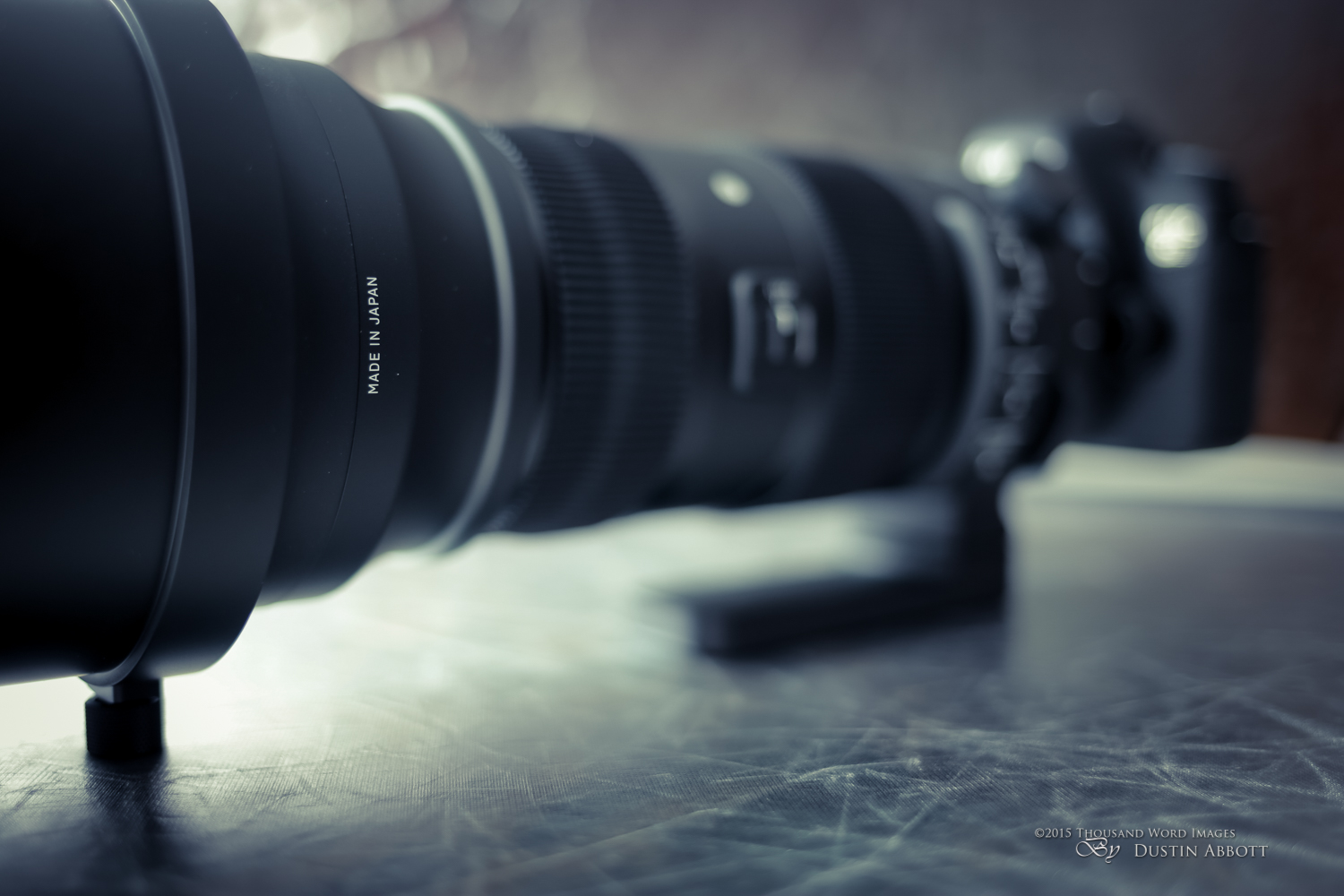
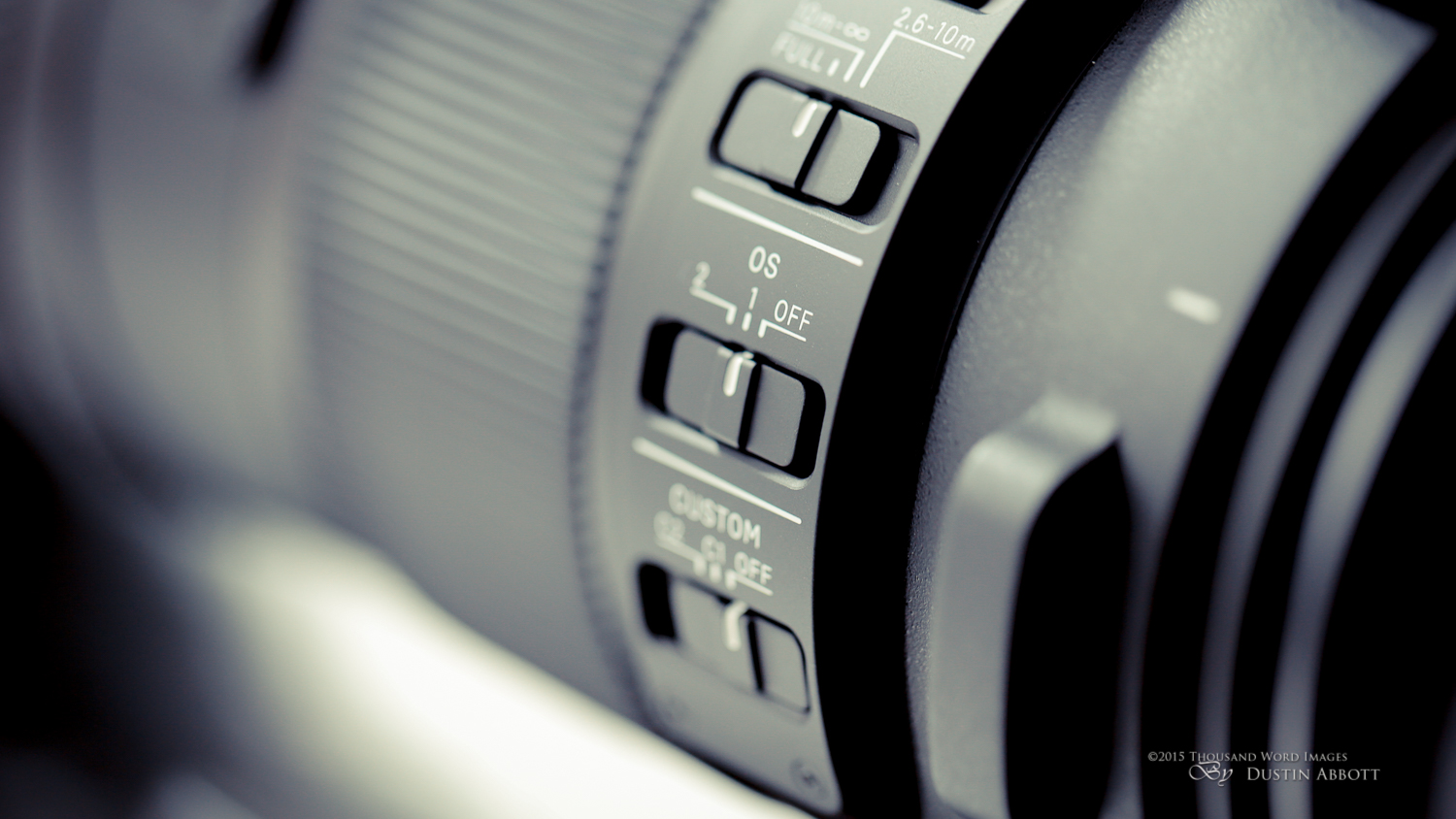


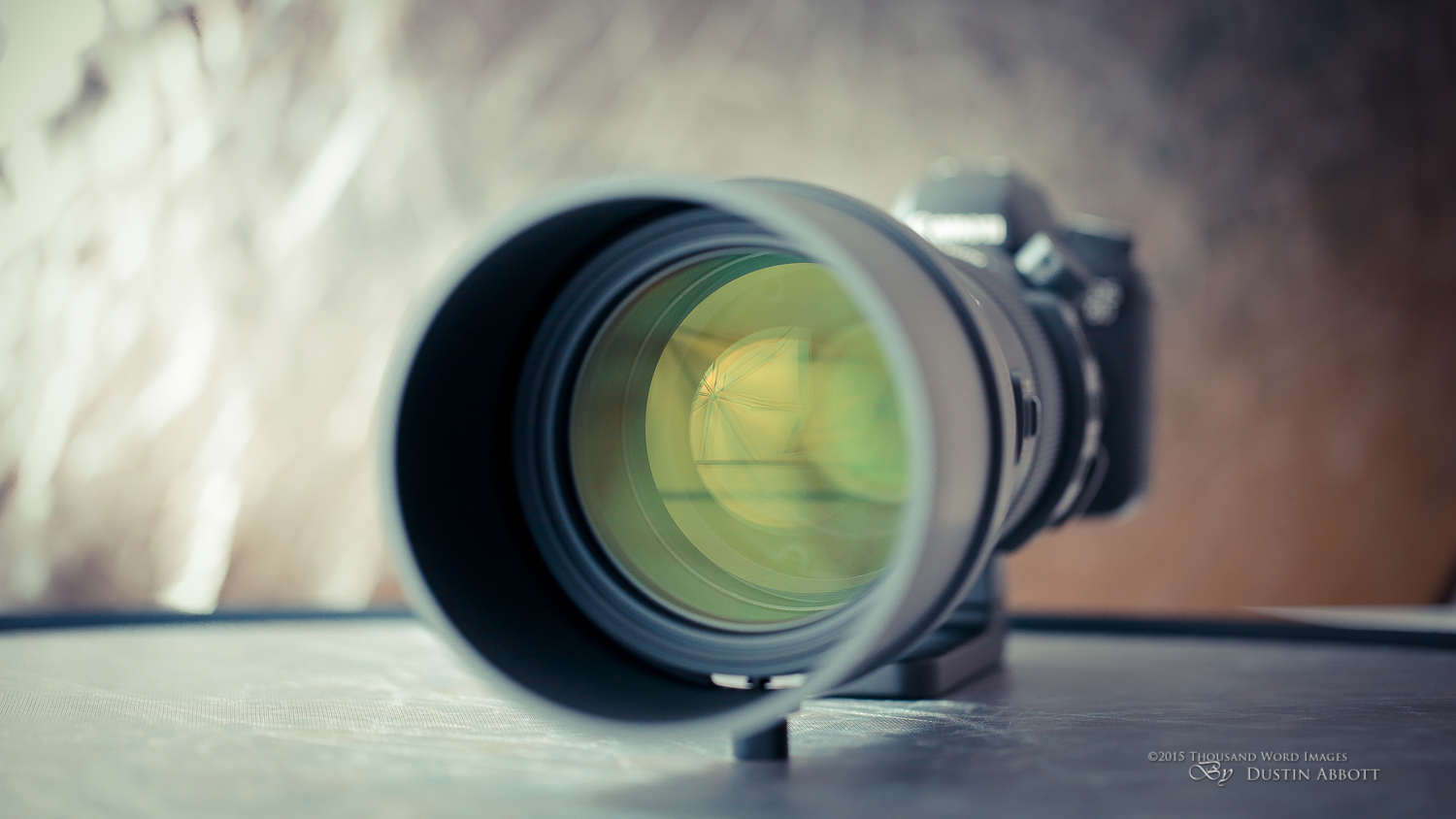




























































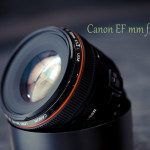


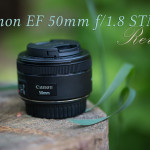




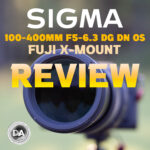
5 Comments